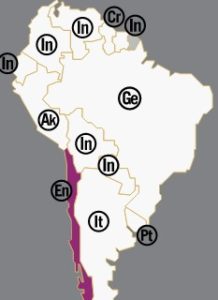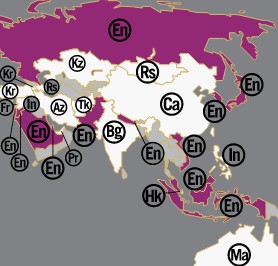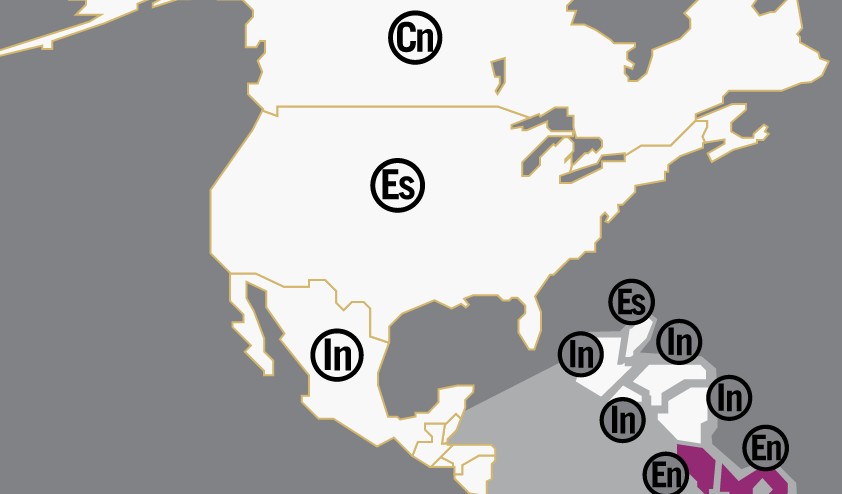You can probably guess the most spoken language in any given country around the world; after all, it’s usually the official language of the country. But have you ever given thought to the second-most spoken language in a country? Olivet Nazarene University has put together an interactive map that covers the second most spoken languages in each country around the world.
While it might seem insignificant, the second-most spoken language in a country can tell you a lot about the country’s history, culture, and more. For example, in the United States, more than 60 million people speak a language at home other than English, with Spanish as the second-most spoken language, backing up the United States’ reputation as a “melting pot.” However, Louisiana, Maine, New Hampshire, and Vermont have French as their second-most spoken language, a reflection of their historical ties to France and French culture.
Europe, meanwhile, is known for being a continent of diverse languages and cultures; children often grow up speaking several languages and are able to fluently switch between languages at ease. Therefore, it makes sense that the second-most spoken language varies greatly among European countries, with no clearly dominant second language.
 In parts of Africa, the second-most common language is often used as a “lingua franca,” a bridge language used by people who don’t share a native language to communicate. For example, French is the second-most common language in Algeria, Tanzania, Tunisia, and Morocco. The second-most spoken language may also be predominantly used by the educated classes and/or in major cities.
In parts of Africa, the second-most common language is often used as a “lingua franca,” a bridge language used by people who don’t share a native language to communicate. For example, French is the second-most common language in Algeria, Tanzania, Tunisia, and Morocco. The second-most spoken language may also be predominantly used by the educated classes and/or in major cities.
 Surprisingly, Southeast Asia is the area of the world where English is the second-most spoken language. Speakers of various ethnic languages and dialects use English as a common bridge language, and many schools in Japan and South Korea also teach English from a very early age, making it incredibly common throughout the area.
Surprisingly, Southeast Asia is the area of the world where English is the second-most spoken language. Speakers of various ethnic languages and dialects use English as a common bridge language, and many schools in Japan and South Korea also teach English from a very early age, making it incredibly common throughout the area.
As the world continues to become more connected thanks to technology, communicating clearly becomes more and more important. Knowing the second-most commonly spoken language in countries you visit or do business with can help you communicate clearly and efficiently with people no matter where you are.
By Matt Zajechowski
